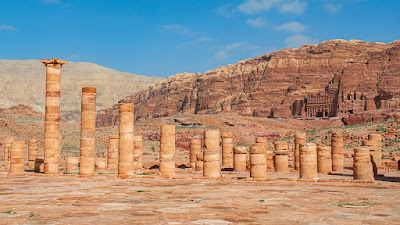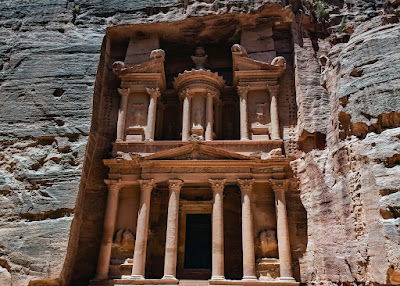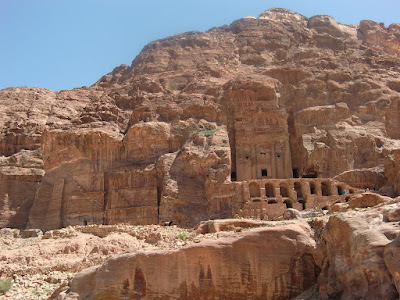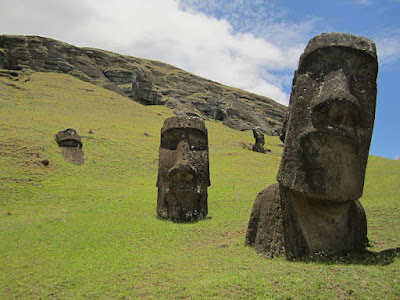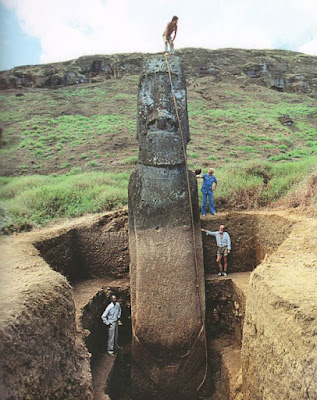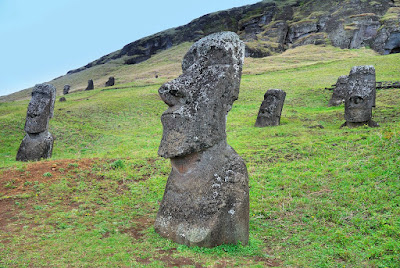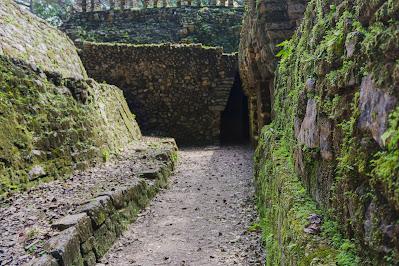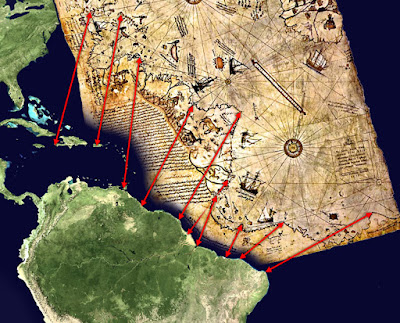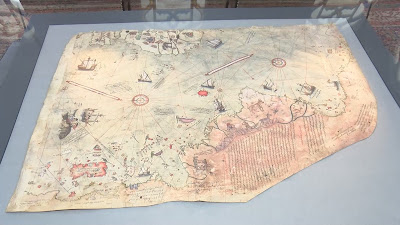Petra's history dates back to around 312 BC when it was established by the Nabateans, a nomadic Arab tribe known for their advanced engineering and trade expertise. The city's strategic location along the ancient trade routes, particularly the Incense Route, allowed the Nabateans to flourish as a major commercial hub and amass great wealth from trade in frankincense, myrrh, spices, and other valuable goods.
The most iconic feature of Petra is its unique rock-cut architecture. The city is nestled in a basin surrounded by towering sandstone cliffs, which made it an ideal place for the Nabateans to carve their monumental structures directly into the rose-red rock. The most famous building in Petra is the Treasury (Al-Khazneh), a magnificent façade carved into the cliff face that served as a tomb for a Nabatean king.
Beyond the Treasury, Petra boasts numerous other impressive structures, including the Monastery (Ad Deir), the High Place of Sacrifice, the Great Temple, and the Royal Tombs, each displaying intricate carvings and stunning craftsmanship.
The Nabateans' ability to transform the rock into these monumental edifices showcases their exceptional architectural and engineering skills. The intricate channels and water conduits they constructed also highlight their mastery of water management, which was crucial for the city's survival in the arid desert environment.
One of the key factors contributing to Petra's rise was its strategic location. The city was situated at the crossroads of several important ancient trade routes, most notably the Incense Route, also known as the Spice Route. This trade network connected southern Arabia to the Mediterranean world, passing through major centers such as Petra. As caravans laden with valuable goods, including spices, incense, silk, and precious metals, traversed these routes, Petra emerged as a vital commercial hub and a melting pot of diverse cultures.
Petra's prosperity was further enhanced by the Nabateans' exceptional engineering skills. Despite the challenging desert environment, they built an intricate water management system that allowed them to harness and control precious water resources. The city's water channels, cisterns, and dams enabled the Nabateans to store and distribute water efficiently, sustaining both the local population and the flourishing agricultural activities. This innovative water management system was essential for supporting the city's growth and transforming the rocky terrain into a habitable and thriving urban center.
As the Nabateans amassed wealth from trade and established their dominance in the region, they invested in the development of Petra, creating a city renowned for its grand architecture and unique rock-cut structures. Petra's most iconic landmark, the Treasury (Al-Khazneh), exemplifies the Nabateans' mastery of rock-cut architecture. Carved directly into the sandstone cliffs, the Treasury served as a royal tomb and a symbol of the city's opulence.
Beyond the Treasury, Petra boasted numerous impressive structures, including temples, palaces, tombs, theaters, and houses, all meticulously carved into the rose-red rock. These monumental edifices were adorned with intricate facades and beautiful carvings, showcasing the Nabateans' artistic talents and cultural influences from neighboring civilizations.
Despite its remarkable achievements, Petra's golden era began to wane in the 1st century AD as the dynamics of international trade shifted. The rise of maritime trade routes, particularly those facilitated by the Roman Empire, diverted commercial activities away from the desert caravans. Consequently, Petra's significance as a major trading center gradually declined.
In the 4th century AD, the city was largely abandoned, and over time, its existence faded from memory, eventually earning it the nickname "the Lost City." Petra remained hidden from the world until its rediscovery by Johann Ludwig Burckhardt in the early 19th century.
Since its rediscovery, Petra has captured the imagination of explorers, scholars, and travellers alike. Archaeological excavations and research have shed light on the city's history, unravelling its mysteries and showcasing the remarkable achievements of the Nabateans.
Petra's cultural and historical significance was officially recognized when it was designated as a UNESCO World Heritage Site in 1985. Today, it stands as one of the most iconic archaeological wonders in the world, drawing visitors from all corners of the globe who come to marvel at its breathtaking architecture, rich heritage, and awe-inspiring beauty.
Petra's history as a vibrant and prosperous city founded by the enterprising Nabateans, coupled with its remarkable architectural achievements and strategic importance as a trade hub, cements its place as one of the most captivating and significant archaeological sites in human history. The legacy of the "Lost City" lives on, continuing to inspire and captivate generations with its enduring allure and cultural richness.
Articles you might like:


